Foreword
Story
Maps
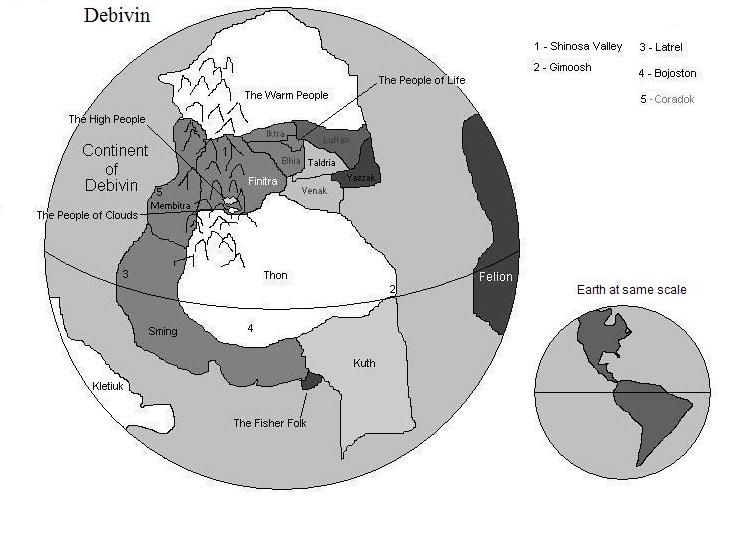
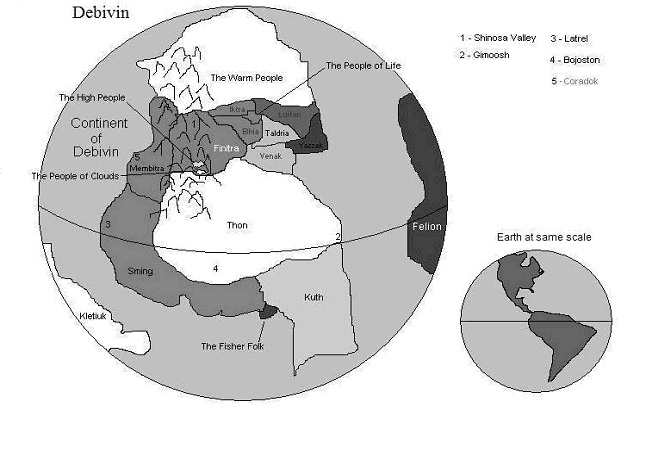
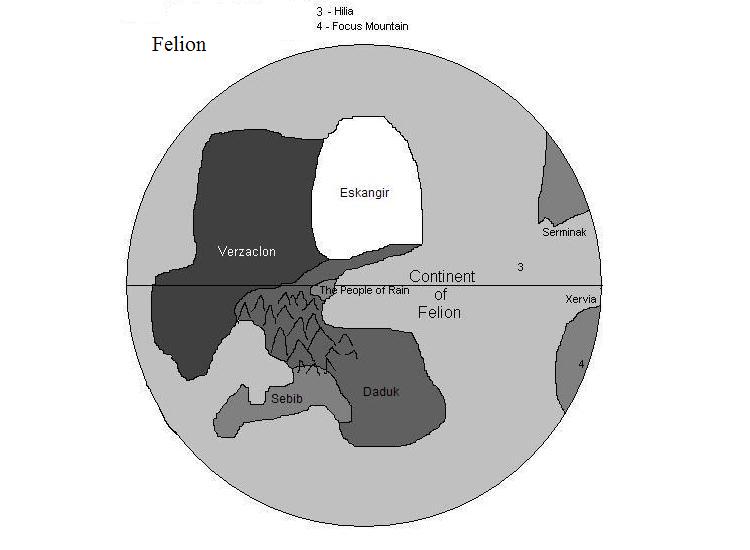
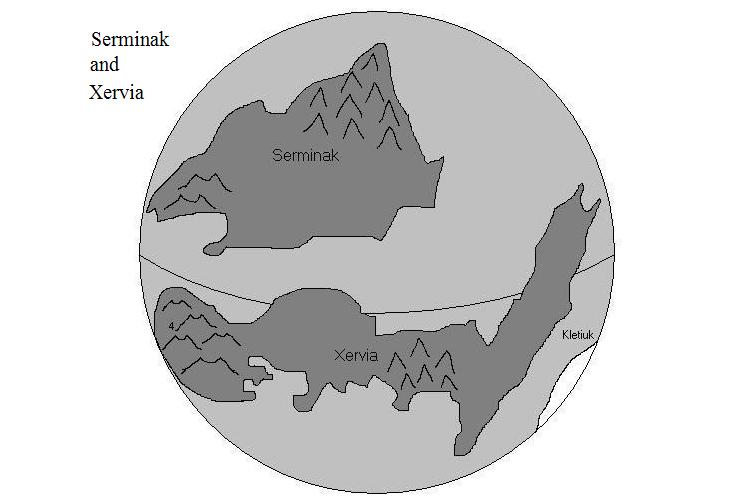
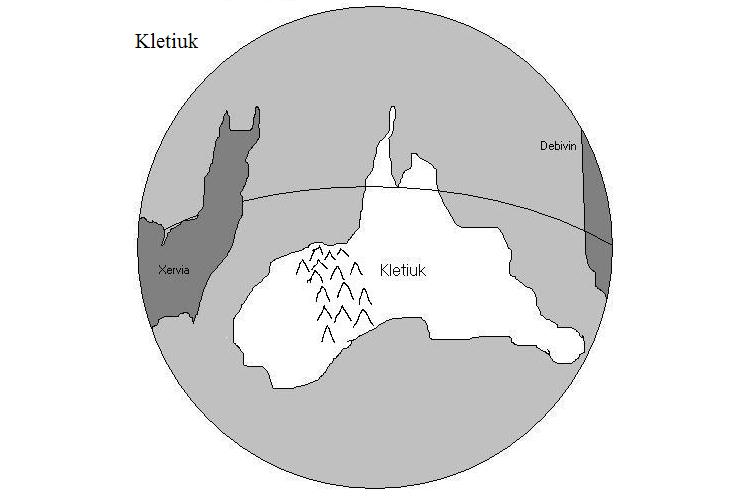
Foreword to the 2012 revision.
This is a very big book, bigger than most
three-book trilogies, yet most of my readers tended to blast
through it in the shortest time possible, and then plead for the
sequel. (Which is finally available!) Many who read it in earlier
editions have complimented me on the rich detail, as well as the
compelling action.
However, a few with less patience had pointed
out that there were four conversations that; while revealing
interesting information, could still be removed without impacting
the storyline any. Therefore, in previously published editions of
this book, those four conversations were removed from the main text
and placed at the end as excerpts.
Since then, the majority of my fans have
vindicated my original editing and recommended that the exerpts be
put back into the main text. With this edition I have done so.
Whenever I release a new book in a series, I
always go over the previous books in that series and check them
again for editing and consistency, and re-issue them. No matter how
many times I re-edit a novel, it seems there are always a few more
tiny puntuation or sentence structure improvements to be made, and
my fans sometimes point out small inconsistencies that I also
correct at the next revision. Therefore this revision is a little
different from the last, but beyond having replaced the exerpts it
would take a sharp eye to find the differences. One of them is a
more modern version of the Times New Roman font.
The fact that this book is not divided into
chapters in not an omission, it’s a carefully considered stylistic
choice.
Other elements of my style that the reader
should note are my use of italics to indicate quoted
sentences that are telepathically or psionicly communicated. For
example;
“It’s wonderful to be able to think with
you, mind-to-mind.” she responded.
I use the same MS Word files for both eBooks
and paper books, and paper book printers don’t like bold or
underlined text, so I also use italics occasionally to indicate
words that are spoken with intensity. For example;
“You are absolutely out of your
mind!” he growled.
If a sentence is already italicized bcause
it’s a telepathic communication, any words in that sentence that
are communicated with extra intensity will be indicated by being
non-italicized, for example;
“That’s all a bunch of crap, and
you know it.” she psionically repremanded him.
I use ALL CAPITALS occasionally to indicate
yelling or great loudness, whether the words are spoken or
telepathic; volume and intensity being distinct qualities.
In this story, many common words are also the
names of magic spells, such as Sending, Flight, and Speaking, or
have traditionally had highly religious connotations like The
Source, and those words are capitalized to indicate this.
Since languages began, they have constantly
changed and evolved. The advents of written language and printing
both slowed language evolution, but it still goes on. Sometimes the
resulting conventions that make up ‘proper English’ don’t make a
lot of sense, and they are slightly different in every
English-speaking country. In most of these cases I’ve caved and
used the conventions anyway in order to avoid irritating my readers
who are sensitive about these things, like writing ‘seven thousand,
three hundred and fifty-five’. It makes no sense that the compound
words for numbers up to one hundred are hyphenated, like
fifty-five, and the others aren’t, like three thousand. But I go
with it anyway.
However, there are some English conventions
that I absolutely refuse to follow because they distort the
emotional connotations of the writing. I’ll point out the most
common one here so that you’ll know that it’s not a mistake; I’m
doing it on purpose. If a quoted sentence is a question or an
exclamation, it is conventionally written as a complete sentence
within quotations, for example;
“Get down!” she yelled. Or;
“Is that right?” he asked.
However if a sentence that would normally end
in a period is a quotation, correct English says that it should be
ended with a comma. For example;
“I live here,” he said.
But the comma makes it a sentence fragment
rather than a complete sentence, and leaves the reader hanging,
giving a different emotional feel to the writing compared to the
way I would write it, which is;
“I live here.” he said.
I only use a comma to end a quotation if it
truly is a sentence fragment, because the sentence was interupted
where a comma would normally go. For example;
“I live here,” he said, “And you’re not
welcome.”
I suppose in that case I shouldn’t capitalize
the word ‘and’, since it’s not really the first word in a sentence,
but it bugs me if I don’t.
There are a few other conventions that I
don’t follow, so if you see what would normally be considered a
writing mistake that is repeated consistently in every possible
instance in the book, you’ll know that I’m doing that on purpose
too.
It’s hard to change what is considered
Correct English, but I hope that other writers who read my books
will agree with me about these points and do the same in their own
writing, and that eventually doing it our way will be correct.
Coming this spring to my website!
*A new rotatable 3D map of the globe of
Kellaran with much more detail and showing every place that is
mentioned in the series.
*A complete list of major characters with
descriptions.
*A timeline of major Kellarani historical
events.
*And an appendix of encyclopedic facts and
figures about Kellaran.
Wayne Edward Clarke, January 20, 2012.








